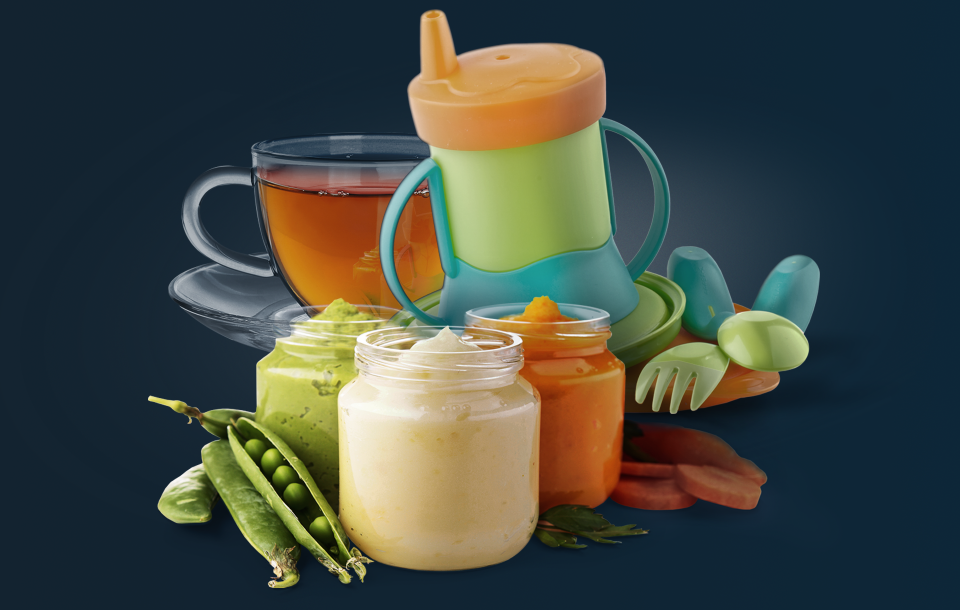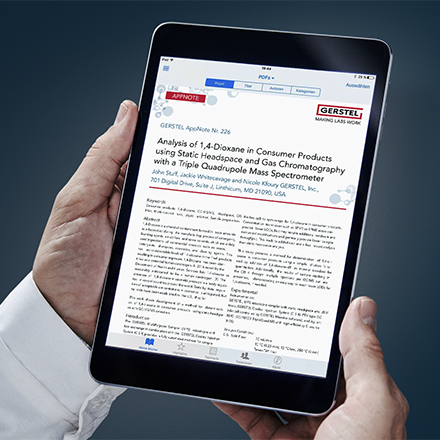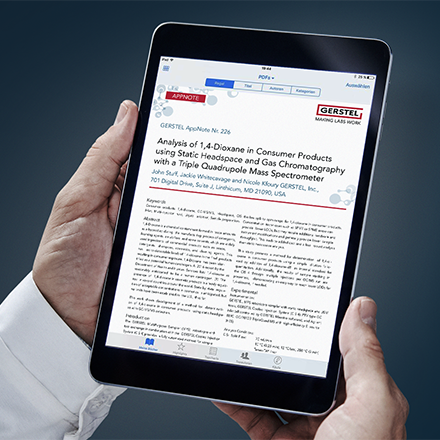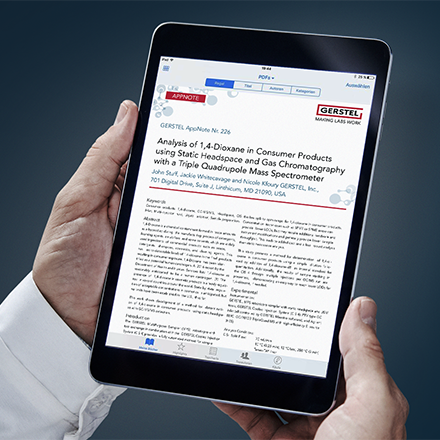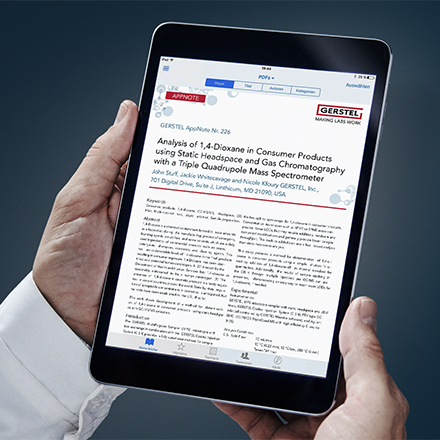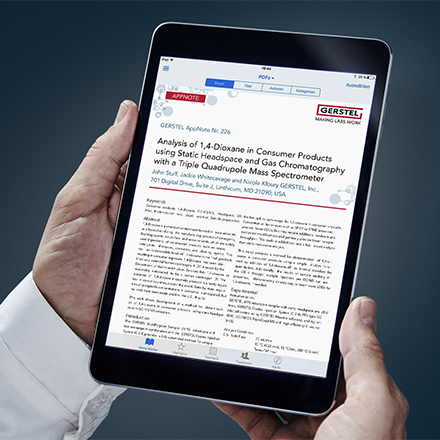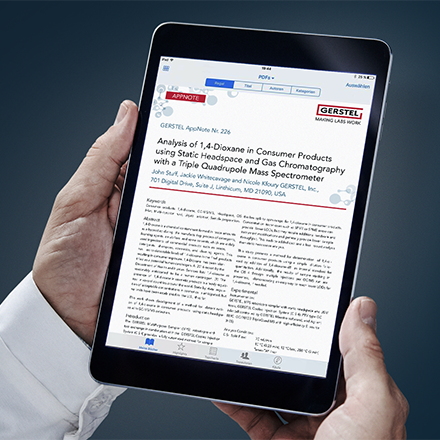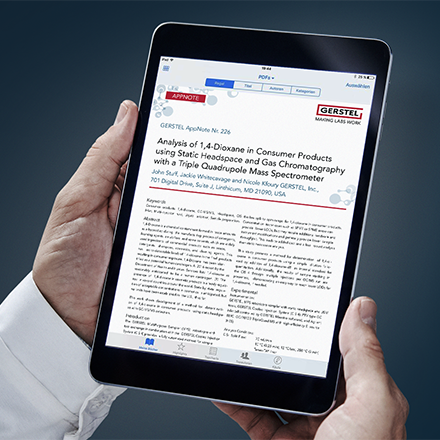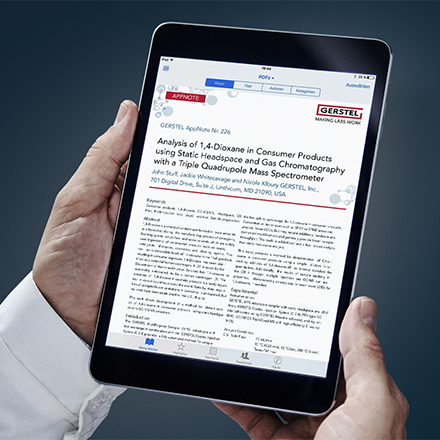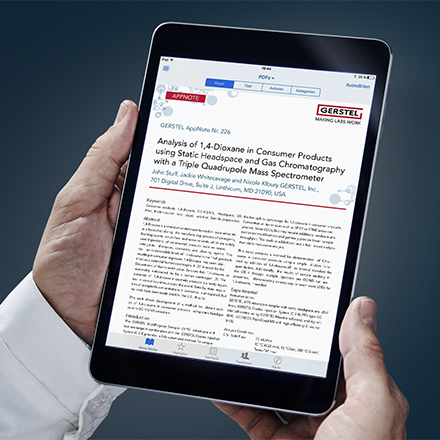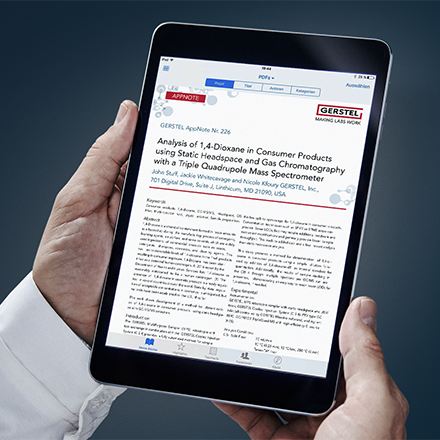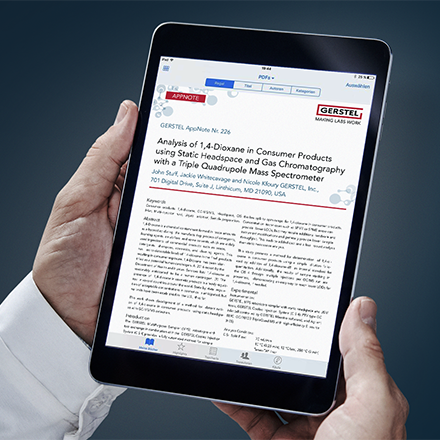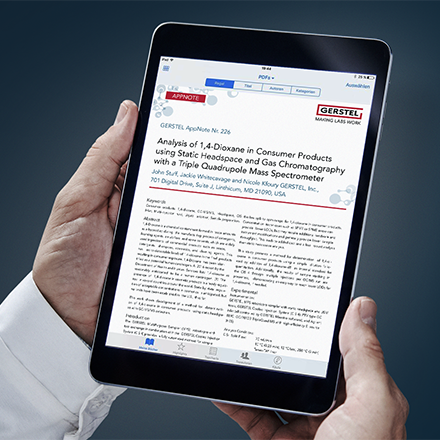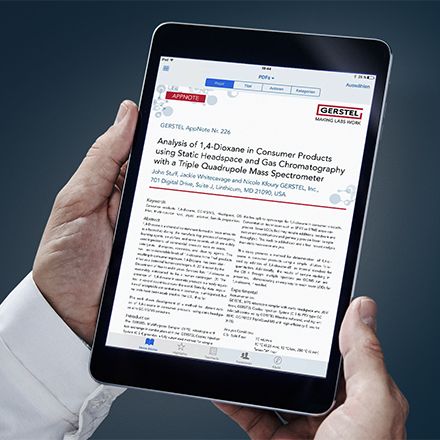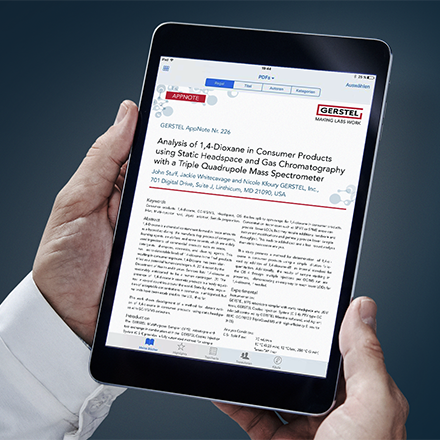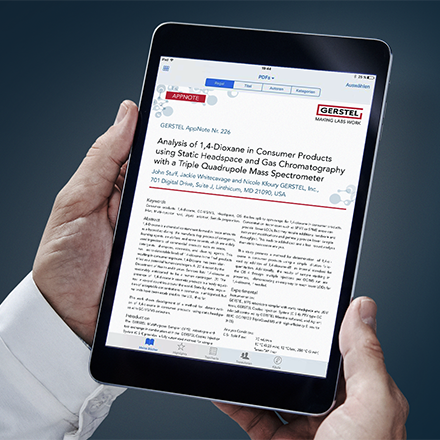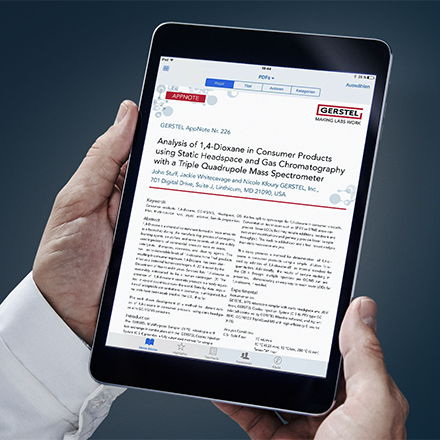Foodstuff Analysis - Safety
Regular checks and analyses guarantee the quality and the safety of the food we consume daily. There are clear statutory requirements for substances harmful to health and the highest quantities of them that may be present in foodstuffs. In foodstuff analysis we do our utmost to find evidence of any potentially harmful substances in food.
As food is perishable in many cases, the analysis has to be quick and reliable. GERSTEL offers a range of automated solutions for the field of foodstuff analysis. Applications based on GERSTEL technology are being constantly developed and optimized in cooperation with recognized and accredited institutes and scientific establishments with many years of experience in the field of foodstuff analysis.
Guaranteeing food safety is an important part of foodstuff analysis. On the way from manufacturing to the end consumer – via processing (pesticides, antibiotics), preparation (process contamination), packaging (contamination from packing materials) and storage (mycotoxins) –there is always a risk that food can become contaminated. Environmental influences as well as natural processes (mycotoxins) and pollution can all contribute to this.
Foodstuff Analysis - Quality
Continuous monitoring of foodstuff quality keeps consumers safe. Manufacturers needs to analyze food efficiently and quickly to fulfill statutory requirements.
Quality assurance covers a range of activities that have the aim of ensuring product quality by recognizing faults in the manufactured product and eliminating the causes of them. The strict regulations and directives in the foodstuffs industry mean there is a high demand for quality control and the analytical monitoring of raw materials and products. Analytical monitoring is often performed using laboratory analysis that is both time-consuming and expensive.
The focus here is on choosing suitable sample preparation. The technical options provided by GERSTEL for automating and standardizing various work techniques mean that errors and inaccuracies can be largely avoiding during sample preparation.
Packaging is intended to protect foodstuffs from damage due to mechanical effects and contamination. Finding out as much as possible about the chemical interaction between packaging and product is of great interest for food manufacturers. What happens if the packaging itself emits substances not suitable for consumption? The transfer of such undesired compounds from the packaging to the food product is known as migration.
One possibility for evaluating or determining the migration potential is analyzing the packaging material using direct thermal extraction (DTE). A small quantity of the sample is heated in a GERSTEL thermal desorption system in a flow of inert gas to release volatile and semi-volatile compounds from the sample. The analytes are then evaluated using gas chromatography / mass spectrometry.
Complex contaminants such as MOSH and MOAH can be determined with the special GERSTEL MOSH MOAH prep solution.
Mycotoxins arise in foodstuffs as a result of fungal infections, contact with other toxic organisms (e.g. algae) or through internal processes in the foodstuff that occur during storage. They can be extremely dangerous for humans and animals alike and cause illnesses or even death. Checking for mycotoxins in food or animal feed it therefore critically important.
Many biotoxins have a relatively high molecular weight which makes them highly suitable for liquid chromatography / mass spectrometry (LC/MS) technology. The processes for the purification of sample extracts are critical here.
The GERSTEL MultipurposeSampler (MPS) and its versatile sample preparation modules makes online sample preparation directly before injection possible. Its modular design means that many processes can be adapted and implemented.
There are statutory limits for the innocuous and technically unavoidable quantities levels of pesticides that may be present in foodstuffs. Residual antibiotics in foodstuffs is unproblematic from a toxicological point of view, however there is still a risk of the growth and reproduction of resistant germs.
Combined LC/MS and GC/MS multi-residue methods cover most compounds, the critical factor is the choice of a suitable sample preparation to separate the target substances from the matrix. The many automation possibilities of the GERSTEL Multi Purpose Sampler (MPS) range from standard steps for handling liquid samples to evaporation, weighing, centrifuging or ultrasound options to filtration and various extraction techniques such as solid phase extraction (SPE). The GERSTEL Twister can also be used to enrich contaminants.
Unwanted, potentially harmful by-products can form when foodstuffs are processed, for example by refining or heating at high temperatures. These process contaminants can always occur when the foodstuff substances undergo chemical changes and toxic effects can result from these changes.
The analysis of these substances often requires time-consuming sample preparation before the investigations can be conducted. The use of the GERSTEL Multi Purpose Sampler (MPS) and its many possibilities for automated sample preparation is highly beneficial here.
Process contaminants like 3 MCPD can be detected automatically with the GERSTEL 3 MCPD solution.
Persistent organic pollutants are highly-stable organic chemicals that are resistant to photolytic, biological and chemical decomposition. They persist in the environment, accumulate in the food chain and can have a negative impact on human health as well as the environment – even when only present in low concentrations.
Using the GERSTEL Twister in the preparation of potentially contaminated samples allows POPs to be identified and quantified even at extremely low concentrations.
